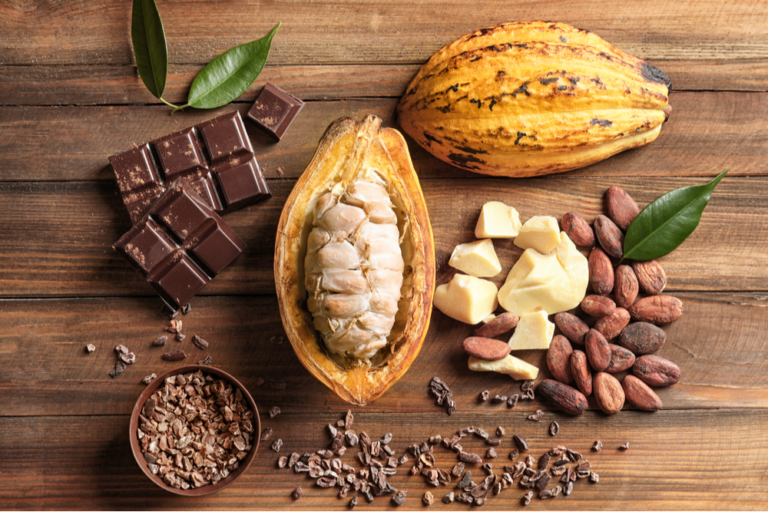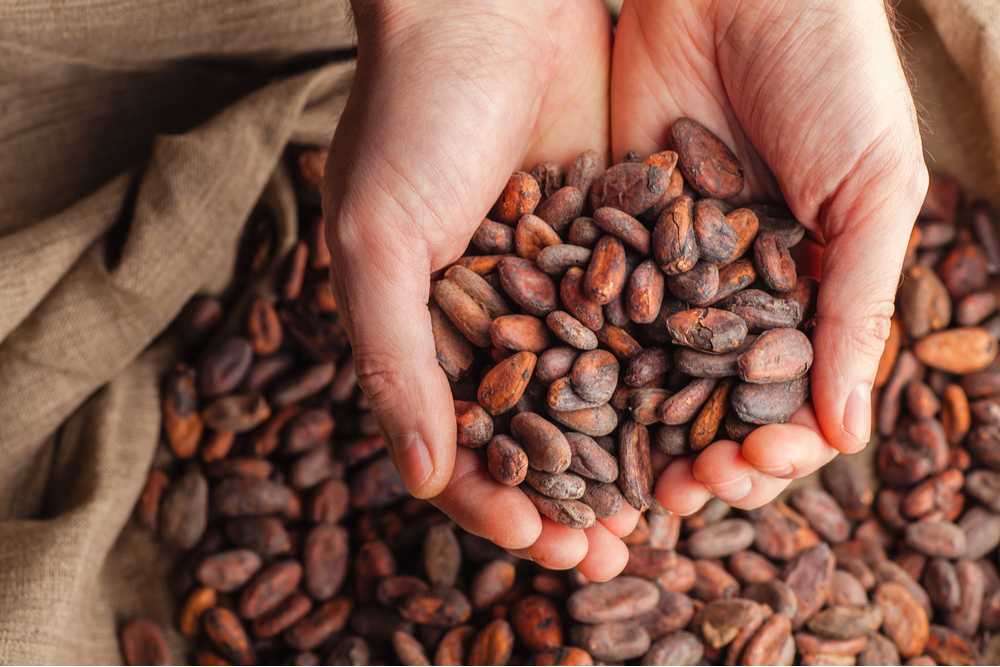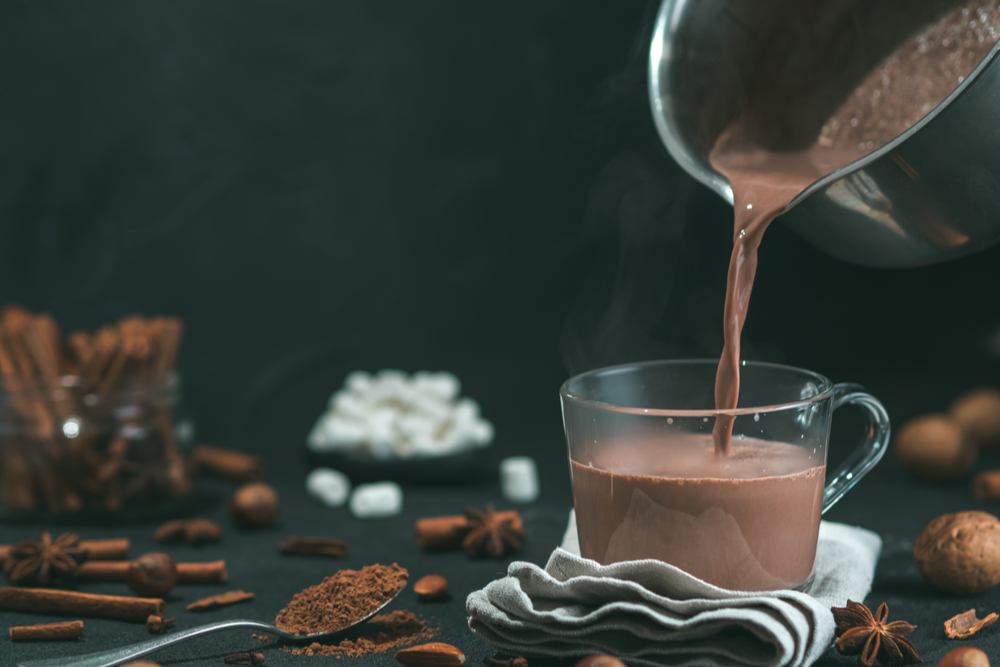
It’s no secret that some of the best cocoa in the world comes from Trinidad and Tobago. One of the country’s local food technologists is advocating a new approach for cocoa to reclaim its former glory.

A Cocoa Revival
Dr Darin Sukha, Food Technologist and Research Fellow, at the Cocoa Research Centre, says cocoa is making a major comeback, thanks to better farming methods and the efforts of modern chocolatiers. These chocolate connoisseurs are energising the industry by producing diverse, high-quality, cocoa-based products.
Dr Sukha was speaking at an event earlier this month, titled, “King Cocoa” at Stollmeyer’s Castle, Port-of-Spain. Hosted by the National Trust of Trinidad and Tobago, the affair attracted cocoa enthusiasts, estate owners, history buffs and heritage hobbyists, and included tours of the iconic Castle Killarney, product sampling and chocolate and rum pairing.
Chairman of the National Trust, Margaret McDowall, noted that intangible heritage, such as the history of cocoa in T&T, still had important lessons for us today.
“Traditionally we sold the basic cocoa and companies in more developed countries would process it into high value products that could earn them more revenue.”
McDowall observed that more local entrepreneurs have seized on that principle and are making a range of cocoa-based processed foods and cosmetics. “The importance of national heritage in all of this is that a study of our past is actually pointing the way to the future.”

Modernizing the Cocoa Industry
Dr Sukha said a new generation of chocolate makers and chocolatiers were actively engaging with the Cocoa Research Centre to leverage its research and the uniqueness of local cocoa. “We need to understand and appreciate what we have. We need to really use the history that we have as a selling point. Cocoa has to be part of a business model. Cocoa in Trinidad is a defining element of our history and culture, we are here because of either cocoa or sugarcane.”
Dr Sukha added, that at one time, T&T was the fourth largest producer of cocoa in the world and the major international chocolate producers sourced their raw materials from Trinidad. Today, although cocoa exports had dramatically declined, he said a robust cocoa economy could boost entrepreneurship and contribute significantly to the country’s socio-economic development.

Where It All Began
Commercial production of cocoa in Trinidad began as early as 1678, and from the 1860’s to the early 1920s, cocoa production was king. Thereafter, a glut on the market resulting from overproduction, the increase in the prices for sugar, the development of the oil industry, labour supply issues, Witches’ Broom disease in T&T and the Second World War, had a damaging effect on production and sales and contributed to the decline of cocoa in the country. To address the Witch’s Broom issue, it was decided to develop plants that could better resist disease. Researchers began sourcing hardier plants from the Amazon rainforest to create local hybrids that have become popular all over the world.
According to Cocoa Republic, Trinitario, grown in T&T, is widely renowned as the world’s finest cocoa hybrid. “Many kinds of Trinitario exist but there seems to be something particularly fascinating about the Trinidad Trinitario types.” There are currently 11 commercial varieties grown in T&T.
“T&T gets among the highest prices for our cocoa. Our production is between 400 and 500 metric tonnes which is sustainable and we have a new generation of cocoa farmers. We also have young, fresh entrepreneurs, who are more business-oriented, more solutions-oriented and are willing to try new approaches. Most importantly, they are market driven. We can do so much more with cocoa, beyond chocolate. There are opportunities for soaps, creams, lotion, so many things. At the Cocoa Research Centre, we are providing information and training in cocoa and chocolate cuisine and we continue to explore the whole business side of it,” said Dr Sukha.